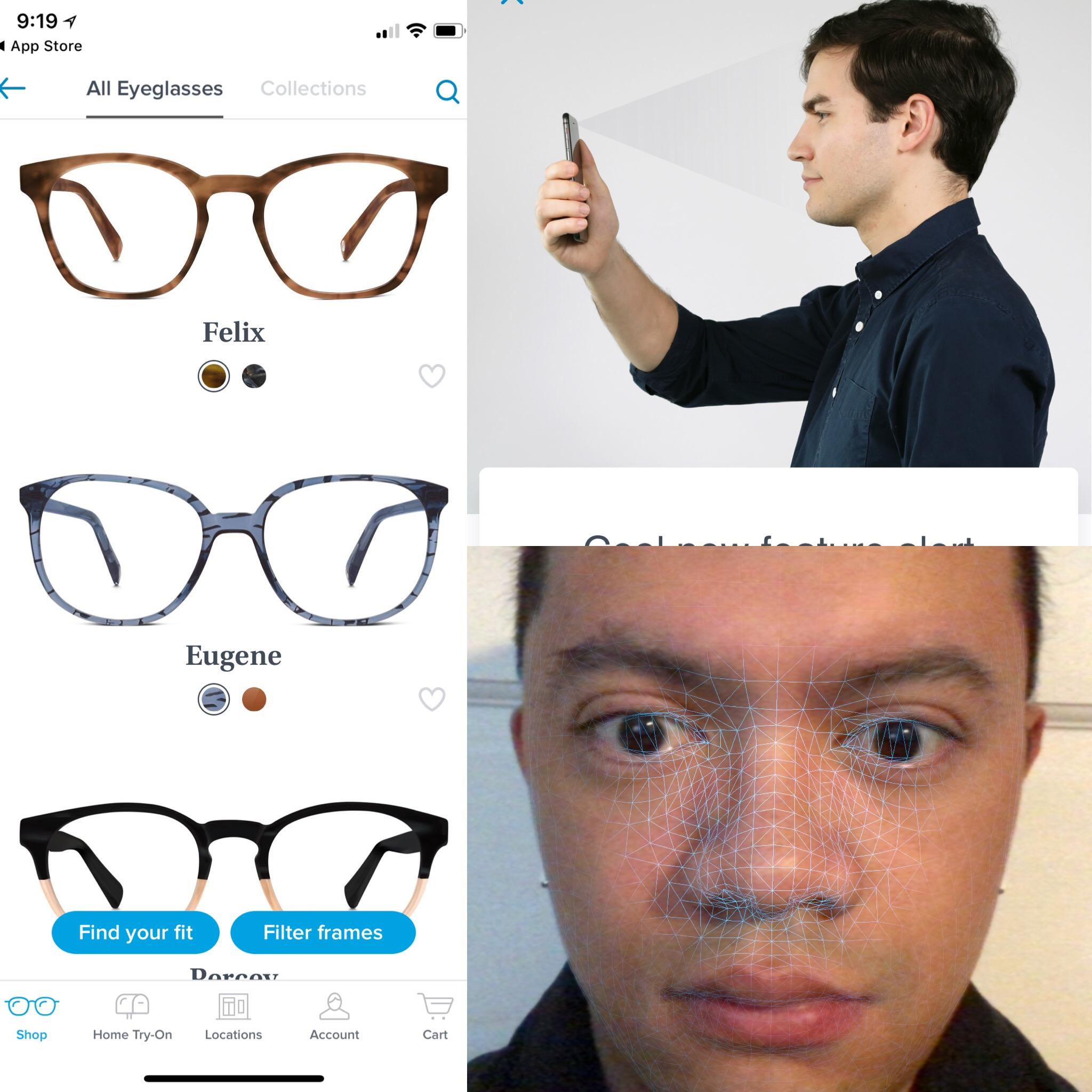A brand that wants to create a unique experience needs technology that can support that goal. Virtual and augmented reality can provide an important boost for brand awareness, as well as an opportunity to listen and personalize. If you’re still a skeptic about the numbers and the future of virtual reality, just check out the research by PYMTS – “The Virtual Reality in Retail” – about how immersive technologies are revolutionizing retail, creating new types of interactions with products and brands.
“According to industry research, VR is expected to generate $1.8 billion for retail and marketing in 2022”.
VR AT HOME: trying the product at home
Maybe the real problem is that not everyone has fully understood how much VR technology is turning the traditional shopping experience on its head. In particular, how it’s working for consumer engagement, accessibility and viral sharing, and how it has the unique aspect of being completely immersive. In the future, the ideal VR store will be able to bring together the customer’s needs related to a deeper knowledge of the product, with the possibility to try out and choose the product at home before even coming to the store. If you’re still in doubt, have a look at these numbers.
“The number of people using it jumped from 85 million to 171 million in 2018. Additionally, revenues from VR software are expected to increase by 3,000 percent over the next four years, suggesting that customers are just as eager to experience it”.
VR has great potential in the retail sector, but that doesn’t mean that it’s suited for every type of experience and can be inserted into any store for any product. Virtual reality can complete and enhance an in-store experience, but only if the brand’s communication is digitized. What does that mean? I’ll try to explain with a case history that I consider emblematic. First of all, we should say that a virtual reality experience is perfect for brands whose customers research products before making a purchase. For example, when buying a car, the test drive is an essential part of choosing a new model. The same is true for fashion and beauty brands—just think of the smart mirrors from brands like Macy’s, Sephora and Saks. The mirror uses AR and VR technology to let the customer “test drive” new clothes or makeup, which cuts down on waiting time at the fitting room. And not just clothing, it works for glasses too.
Warby Parker: the app with facial recognition for the new iPhone X
Warby Parker is a young company that launched onto the market in 2010 with the promise of fashionable glasses at competitive prices. The first line of glasses, inspired by vintage styles, sold for just $95 including shipping. The company sought to be competitive in different aspects: price, design, respect for workers, sustainability and an eye toward innovation, along with the value of the experience. They continue to open new stores and are considered a direct competitor of Luxottica in the glasses market. How could such a new company manage to steal away so much business from a market leader like Luxottica? Let’s start with one of the essential concepts that the company is investing in: the ability to try on glasses at home. You can try the frames by uploading your photo on the site, or by getting up to 5 pairs of glasses shipped to your door with no obligation for 7 days.

And along with being a young, innovative brand that offers a smart buying experience, they’re positioning themselves as avant garde for their focus on the mobile experience. How? With their new app that uses the iPhone X’s facial recognition technology, they’ll offer a “virtual try-on” feature. You download the app, choose a set of frames and activate the “virtual try-on”. You’ll see the glasses on your own face so you can choose the perfect ones for you. There are many apps that let you try different models of glasses, but Warby Parker has taken it a step further, with live rendering of the glasses and a 3D preview with augmented reality. In other words, by using facial recognition and augmented reality, they’re able to suggest frames that best suit your face. The app uses Apple’s AR kit and is only available for iPhone X, XR and XS. “Virtual try on” is a new generation of app that uses the latest discoveries in AR tech to support and make the pre-purchase process instant. And beyond glasses, cosmetics brands like L’Oreal, Cover girl and Sephora have also developed virtual try-on for makeup.
To create an immersive strategy for your own brand, fill in our form.
Michela Di Nuzzo
« Se scrivo ciò che sento è perché così facendo abbasso la febbre di sentire». - Fernando Pessoa Giornalista e co-founder, vivo il digital come imprenditrice e appassionata. Percepisco il cambiamento come un'opportunitá mai una minaccia. Occhi spalancati e orecchie aperte, sempre pronta alla condivisione, la chiave di ogni evoluzione.
